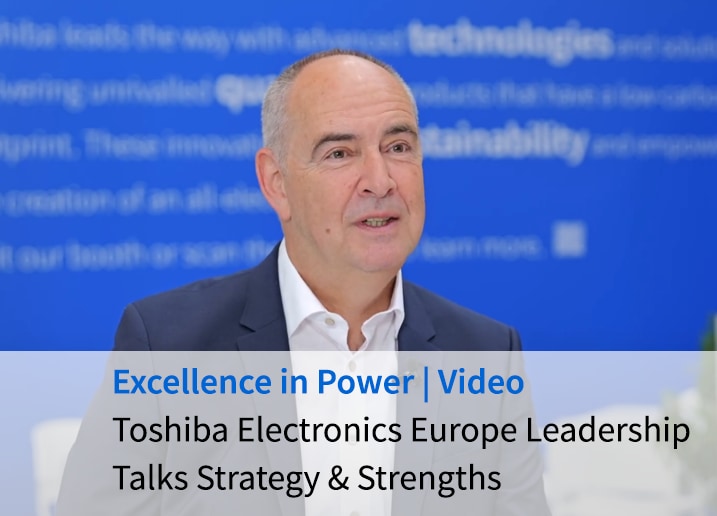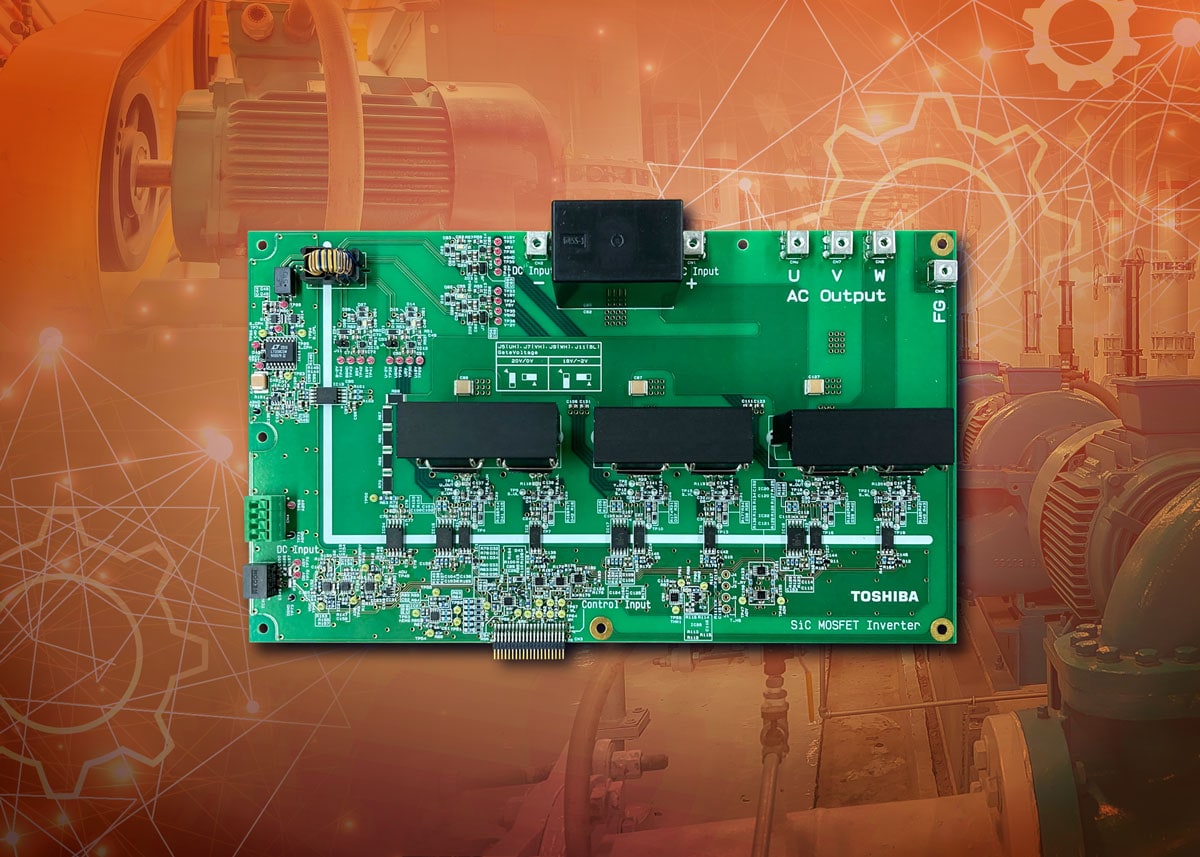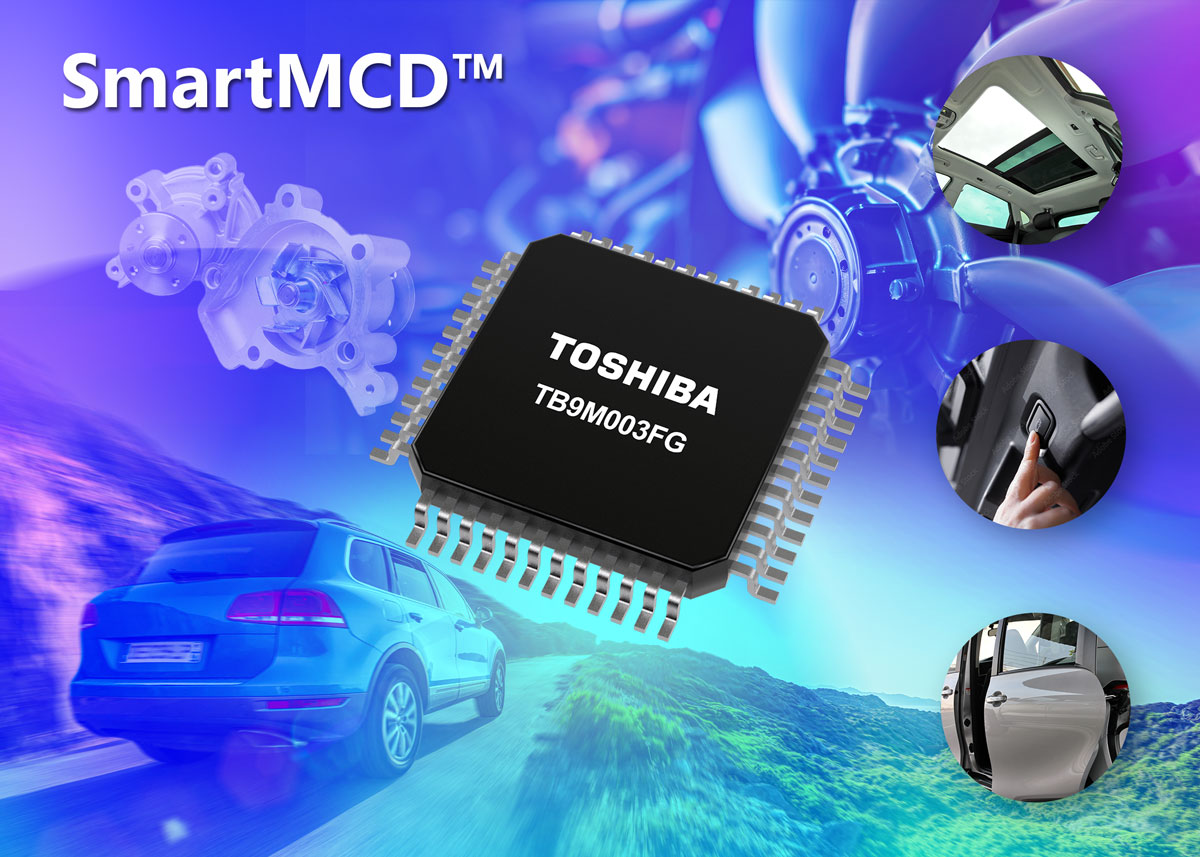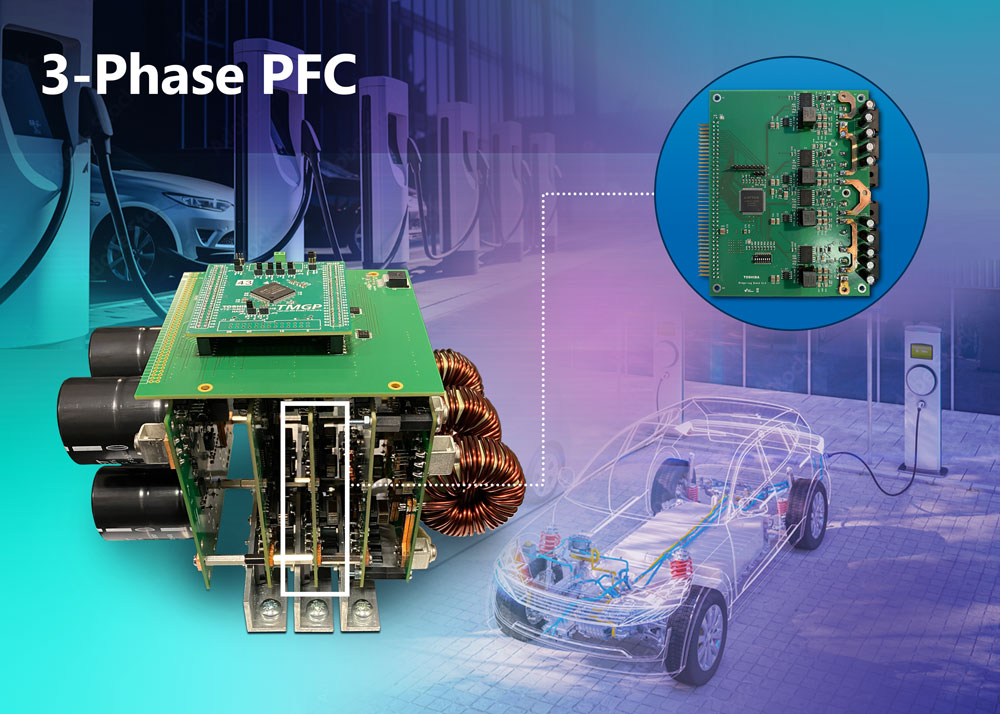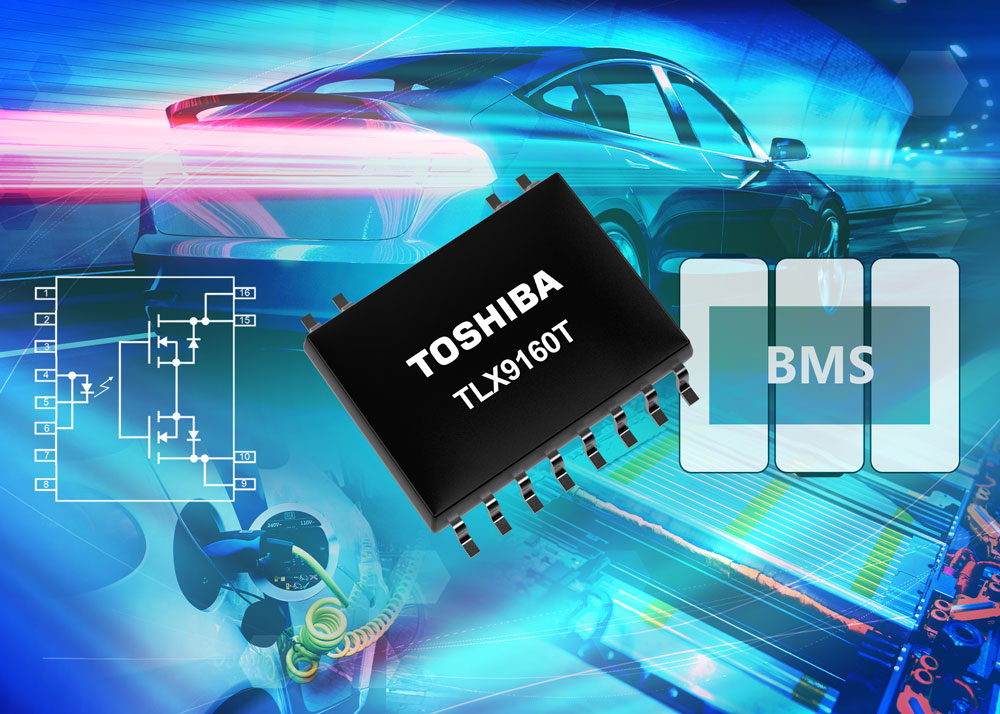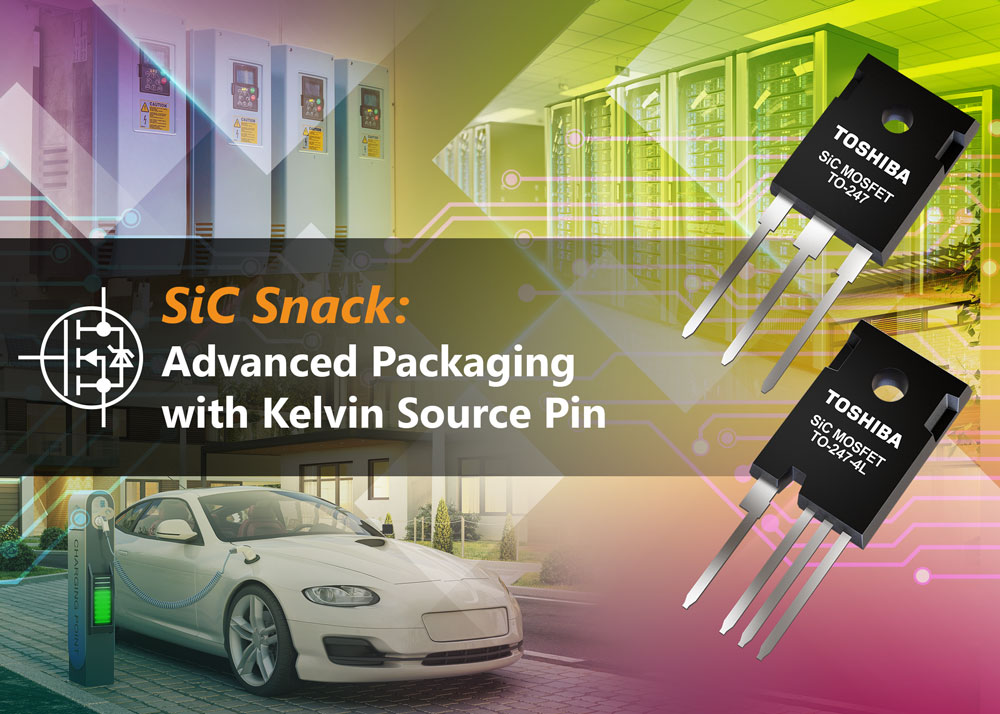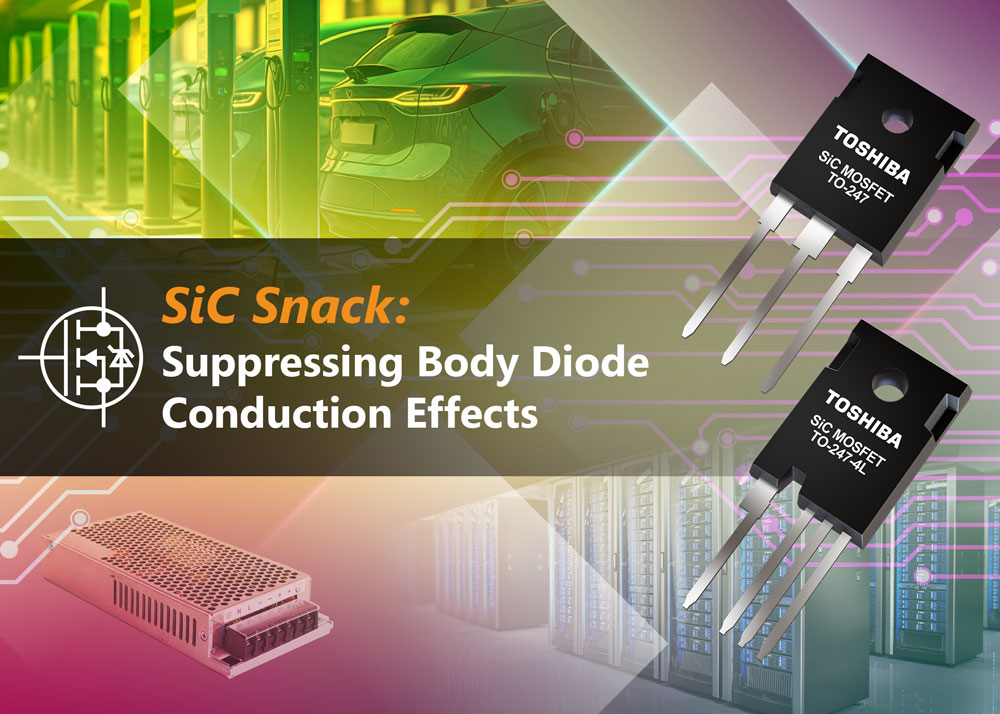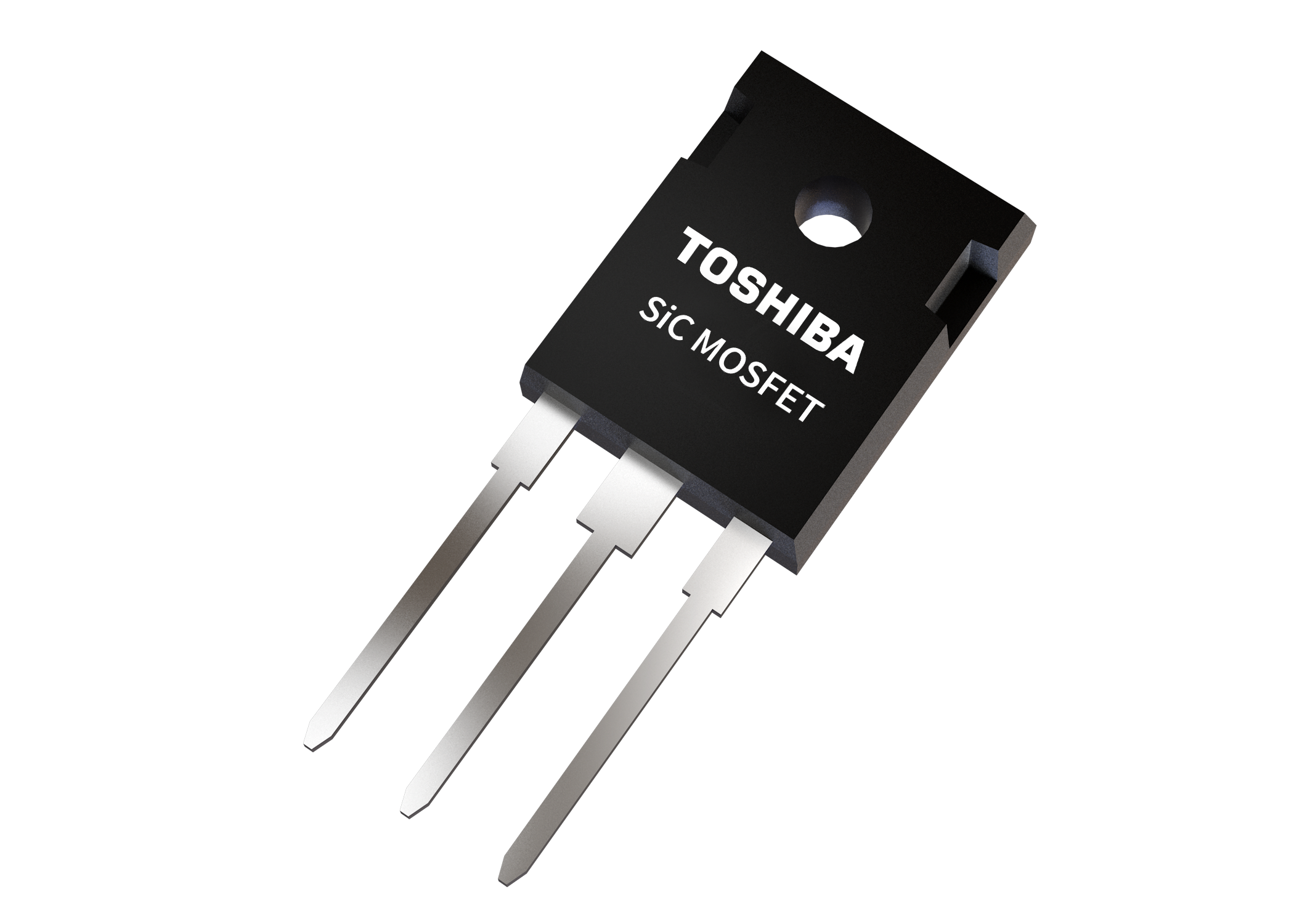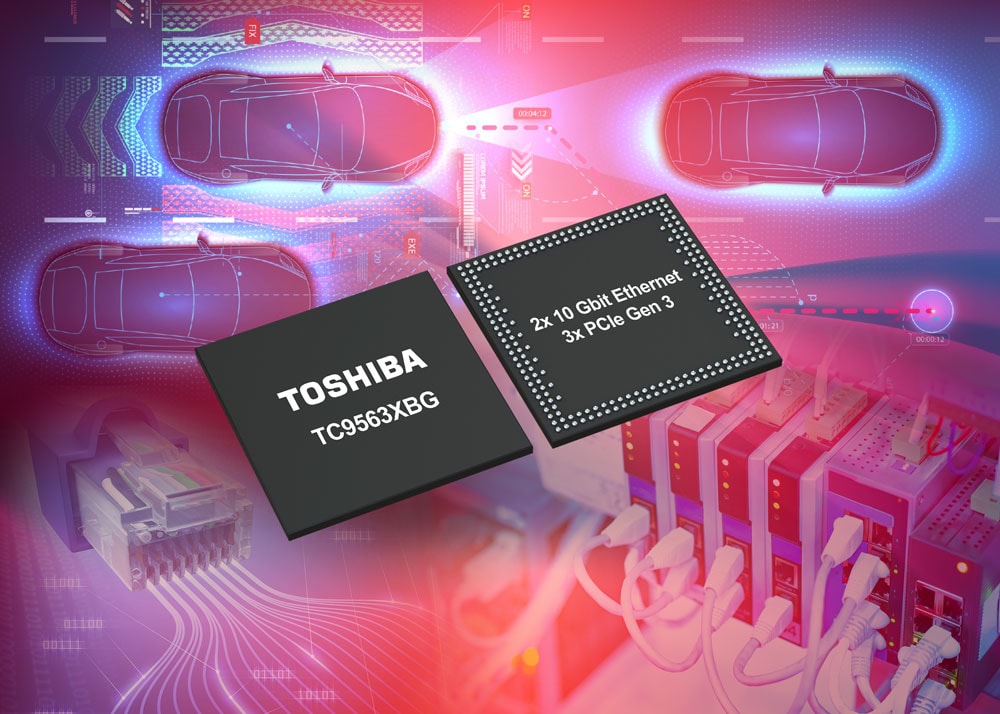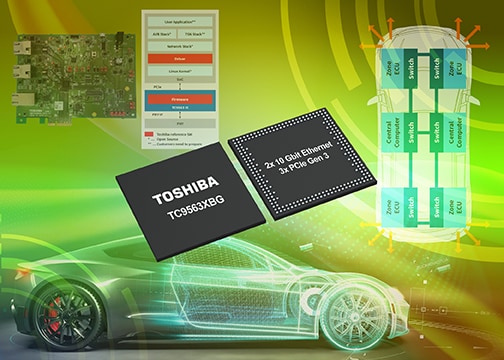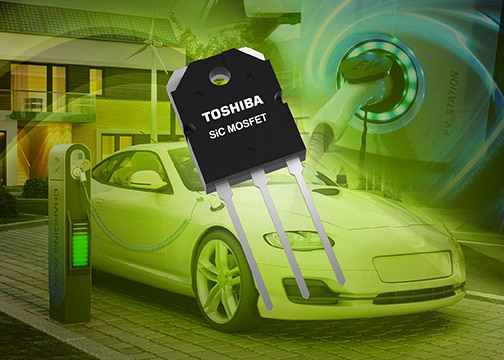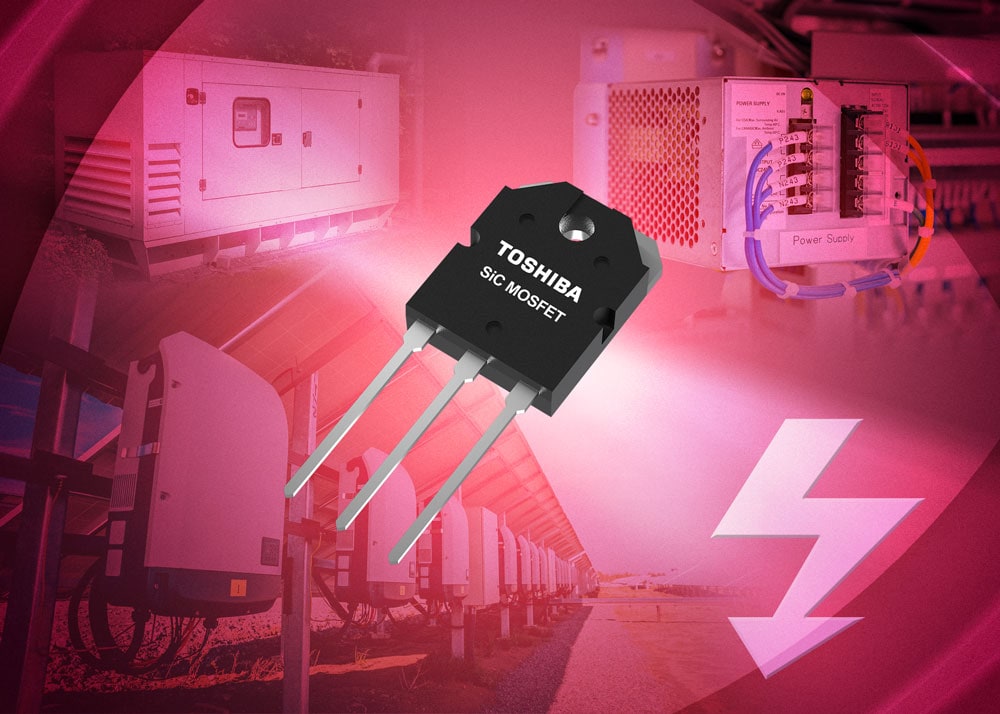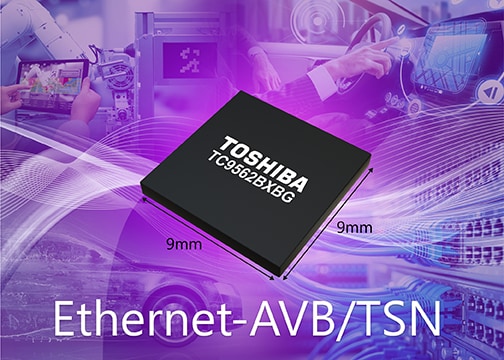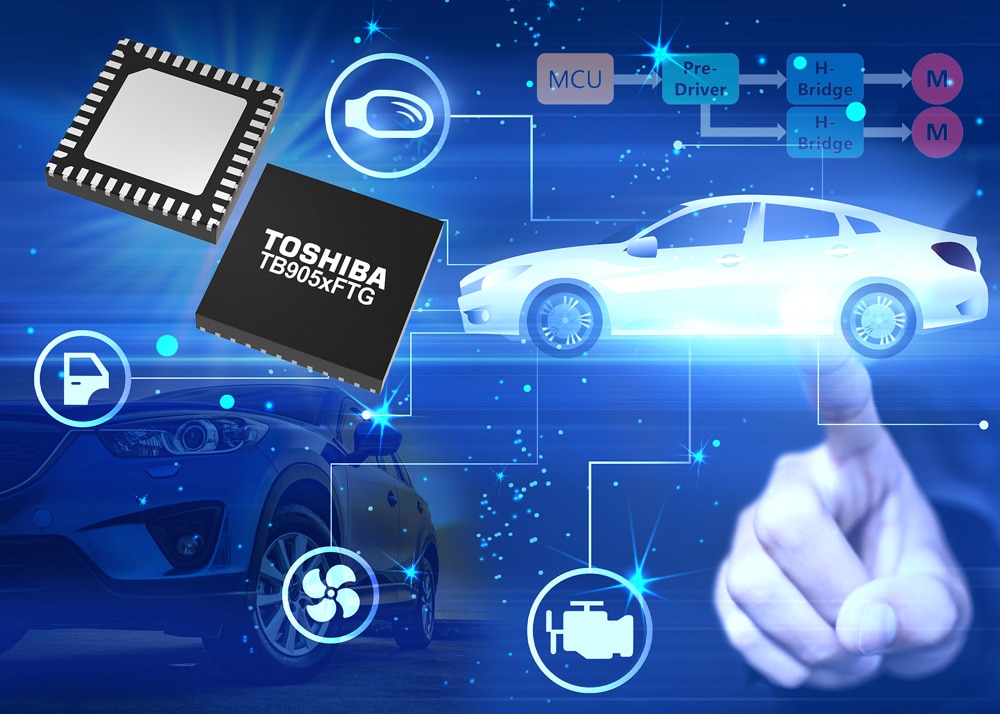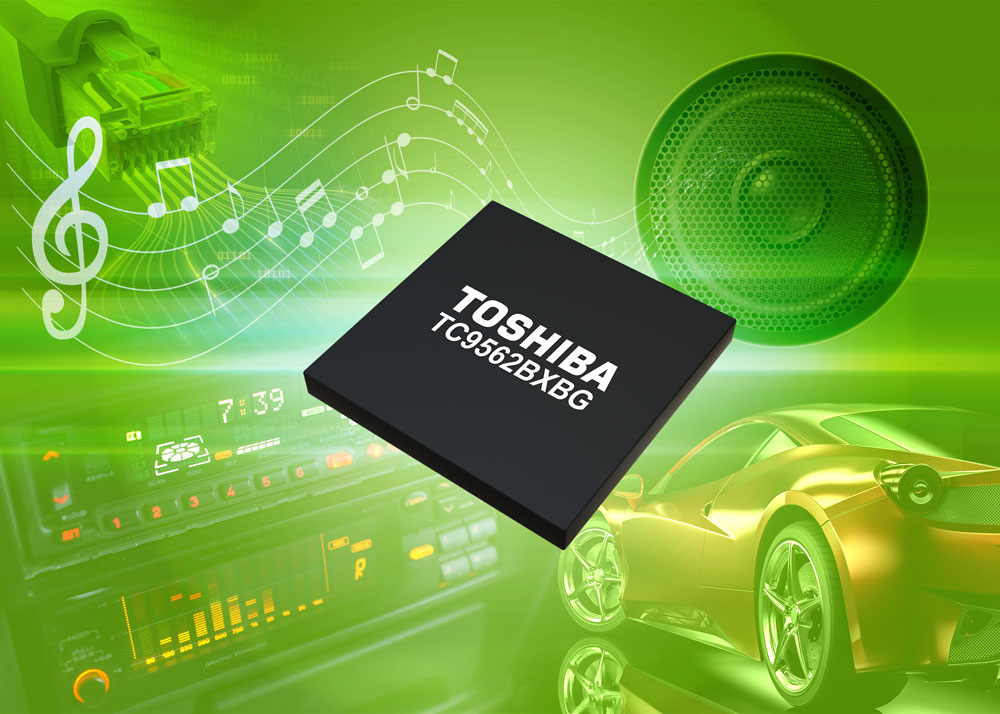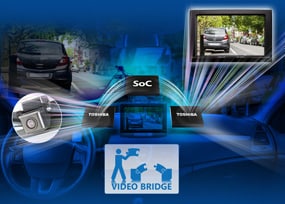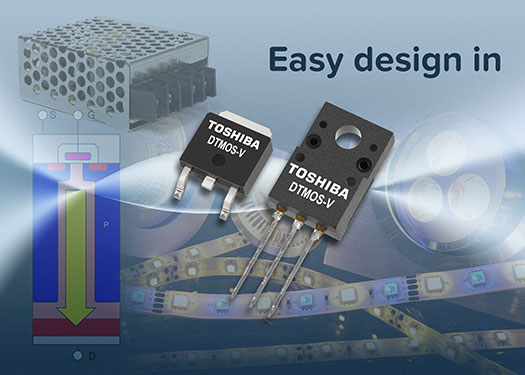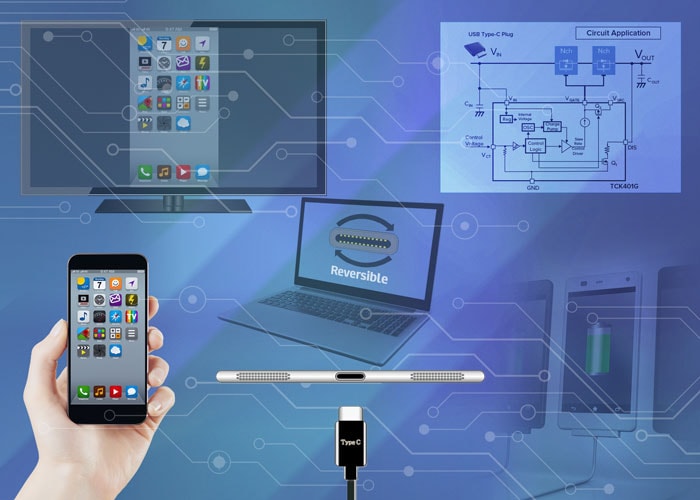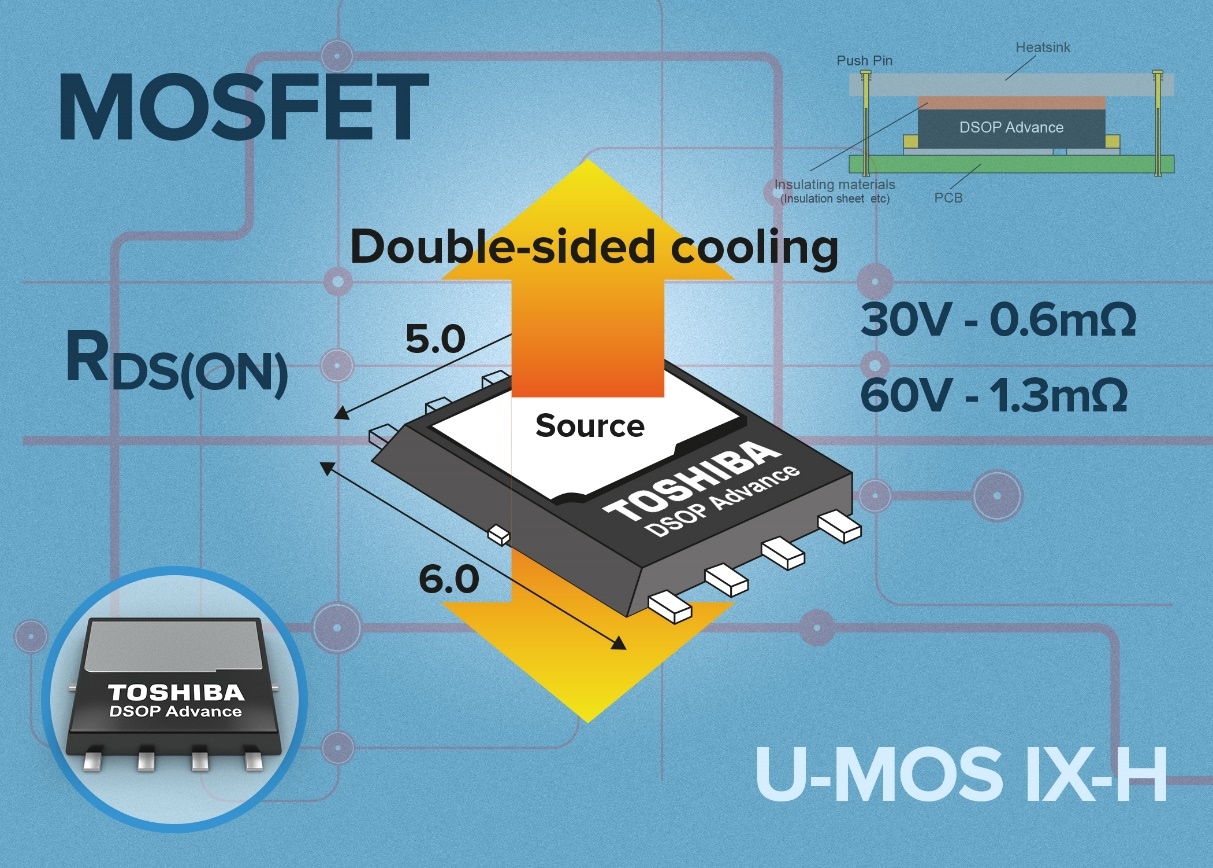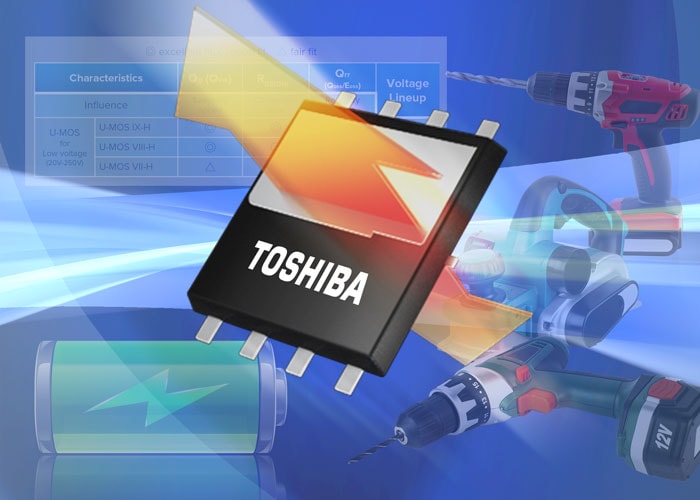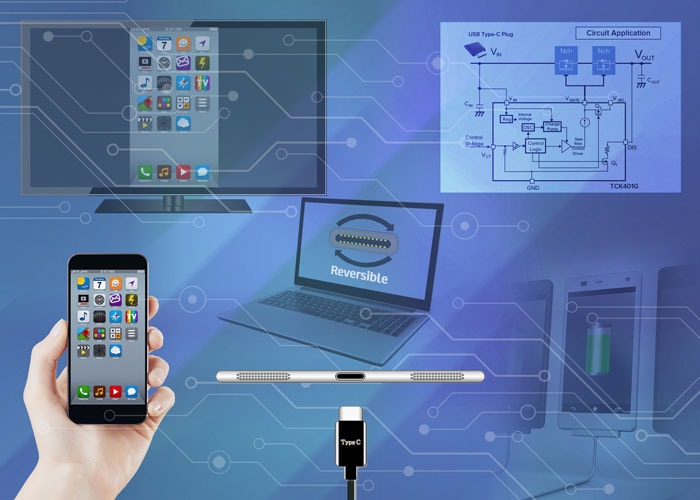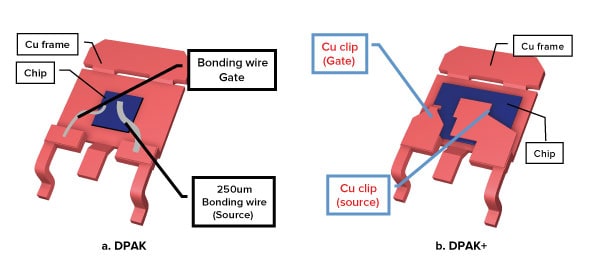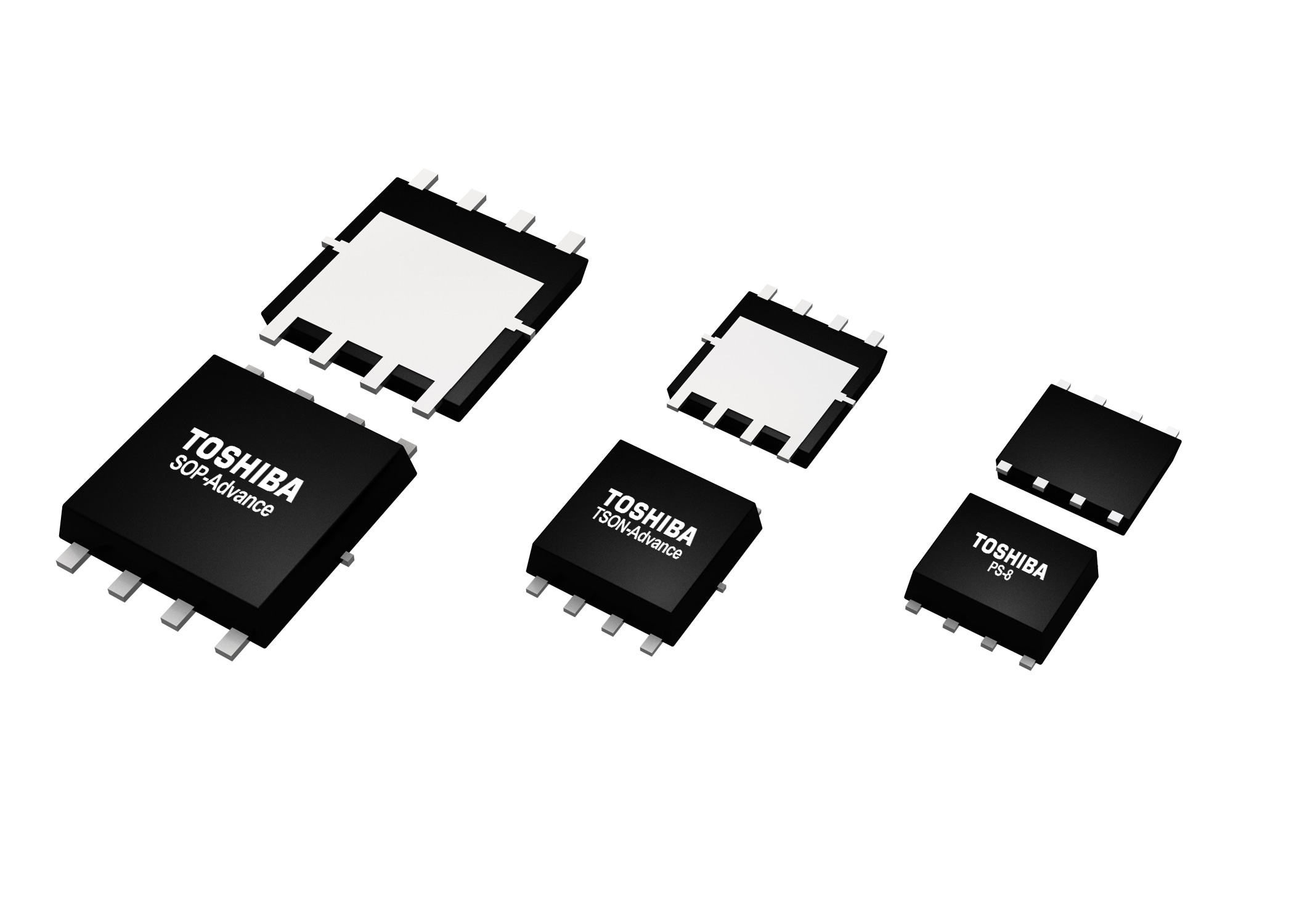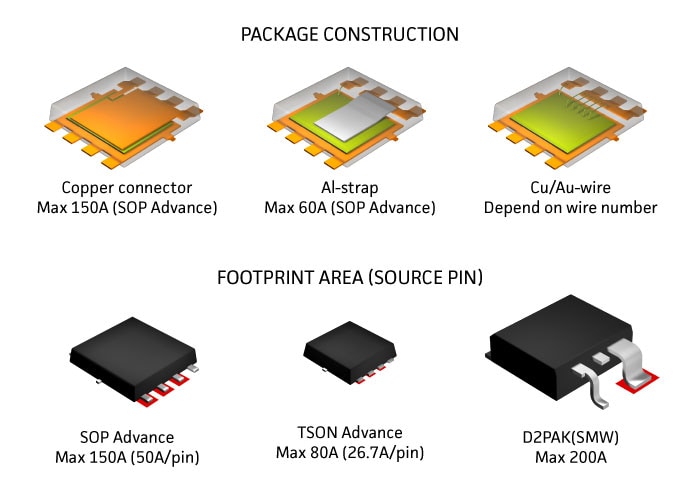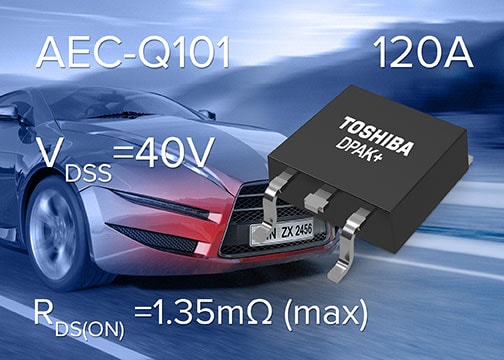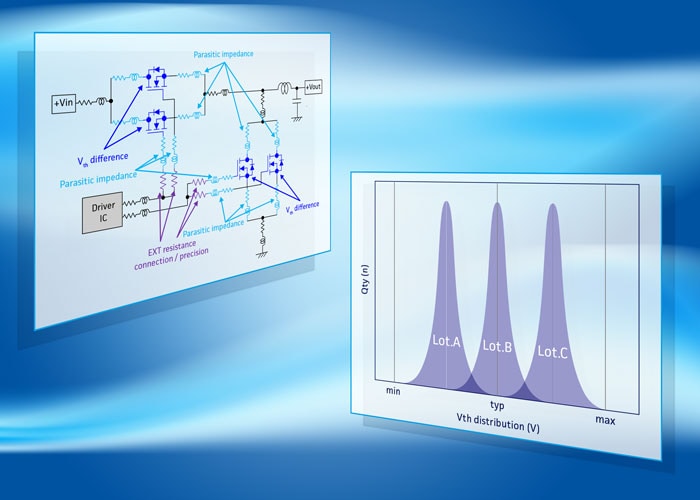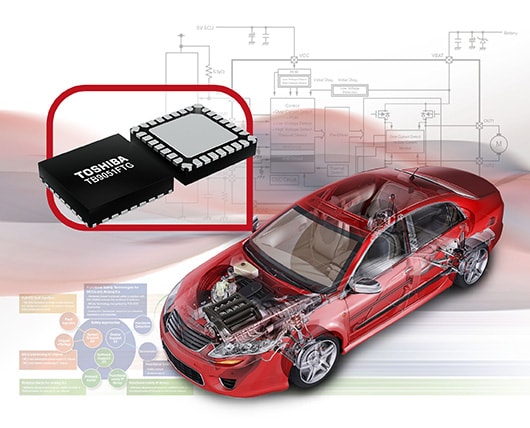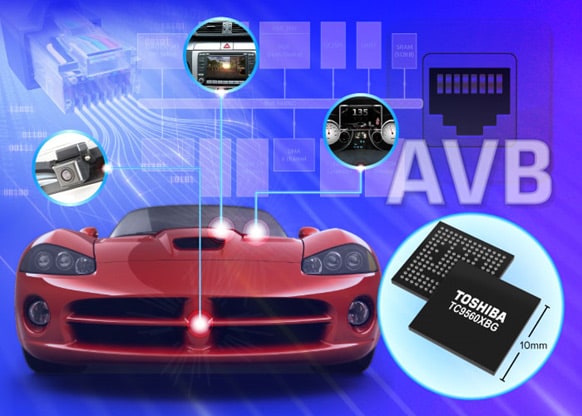- General Top
- SEMICONDUCTOR
- STORAGE
- COMPANY
-
My ToshibaSemicon
- Semiconductor Top
-
ApplicationsAutomotive
Body Electronics
xEV
In-Vehicle Infotainment
Advanced Driver-Assistance Systems (ADAS)
Chassis
IndustrialInfrastructure
BEMS/HEMS
Factory Automation
Commercial Equipment
Consumer/PersonalIoT Equipment
Healthcare
Wearable Device
Mobile
Computer Peripherals
-
ProductsAutomotive Devices
Discrete Semiconductor
Diodes
Transistors
Logic ICs
Analog Devices
Digital Devices
Wireless Devices
※
: Products list (parametric search)
Power SemiconductorsSiC Power Devices
※
: Products list (parametric search)
Isolators/Solid State RelaysPhotocouplers
Digital Isolators
Solid State Relays
Fiber Optic Transmitting Modules
※
: Products list (parametric search)
MOSFETsIGBTs/IEGTsBipolar Transistors※
: Products list (parametric search)
Diodes※
: Products list (parametric search)
MicrocontrollersMotor Driver ICsIntelligent Power ICs※
: Products list (parametric search)
Power Management ICsLinear ICs※
: Products list (parametric search)
General Purpose Logic ICsLinear Image SensorsOther Product ICsOther Product ICs
※
: Products list (parametric search)
-
Design & Development
Design & Development
Innovation Centre
At the Toshiba Innovation Centre we constantly strive to inspire you with our technologies and solutions. Discover how to place us at the heart of your innovations.
-
Knowledge
Knowledge
Highlighted Topics
Further Materials
Other
- Where To Buy
- Part Number & Keyword Search
- Cross Reference Search
- Parametric Search
- Stock Check & Purchase
This webpage doesn't work with Internet Explorer. Please use the latest version of Google Chrome, Microsoft Edge, Mozilla Firefox or Safari.
require 3 characters or more. Search for multiple part numbers fromhere.
The information presented in this cross reference is based on TOSHIBA's selection criteria and should be treated as a suggestion only. Please carefully review the latest versions of all relevant information on the TOSHIBA products, including without limitation data sheets and validate all operating parameters of the TOSHIBA products to ensure that the suggested TOSHIBA products are truly compatible with your design and application.Please note that this cross reference is based on TOSHIBA's estimate of compatibility with other manufacturers' products, based on other manufacturers' published data, at the time the data was collected.TOSHIBA is not responsible for any incorrect or incomplete information. Information is subject to change at any time without notice.
require 3 characters or more.
Unique packaging technology drives automotive MOSFETs
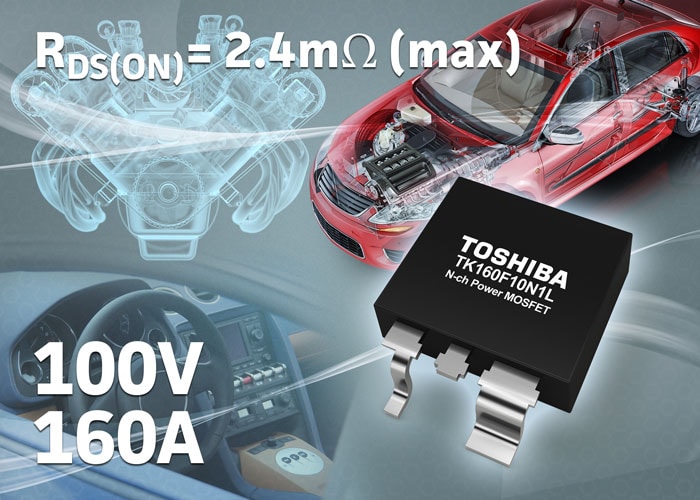
MOSFETs play an important role in modern vehicles and are found in applications as diverse as powertrains, safety systems, comfort features and vehicle lighting. As the electronic content of vehicles continues to grow, and as e-mobility becomes popular, the importance of these devices is increasing.
Irrespective of the target application, today’s automotive MOSFETs have a vital role to play in reducing system losses - delivering better fuel economy and reduced emissions in conventional vehicles and offering longer travel distance between charges in the case of EVs and HEVs.
At the same time, these MOSFETs must realize the higher power densities and better thermal performance that help designers save board space and reduce component count.
Improvements in semiconductor package technology increase reliability and support higher currents for high-power automotive applications. However, the wire bonds within traditional power MOSFET packages limit current-carrying capability and also represent a common point of failure.
While other automotive MOSFET suppliers typically employ conventional aluminium wire bonding, Toshiba is using copper connectors (copper clips) for internal bonding in large power packages such as DPAK and D2PAK.
As a result of using these copper connectors the contact area between source pad and source copper connecter is much larger than between a pad and aluminium wire bonds. This larger contact area leads to less planar current on the source pad metal layer, thereby reducing total resistance.
From both a thermal and electrical conductivity perspective copper is much better than aluminium. Higher thermal conductivity helps release heat from the connector element of the package and the lower resistivity contributes to the reduction of package resistance.
This new technique will be key to delivering the advanced MOSFETs that future automotive designs require. Toshiba has written a white paper that discusses the process of selecting advanced MOSFETs for automotive design. To download your free copy, please click here:


